‘Poop Water’ Floated as Solution to Santa Barbara County’s Water Woes
With Some Aquifers at Historic Lows, Toilet-to-Tap Options Weighed During Annual Groundwater Report
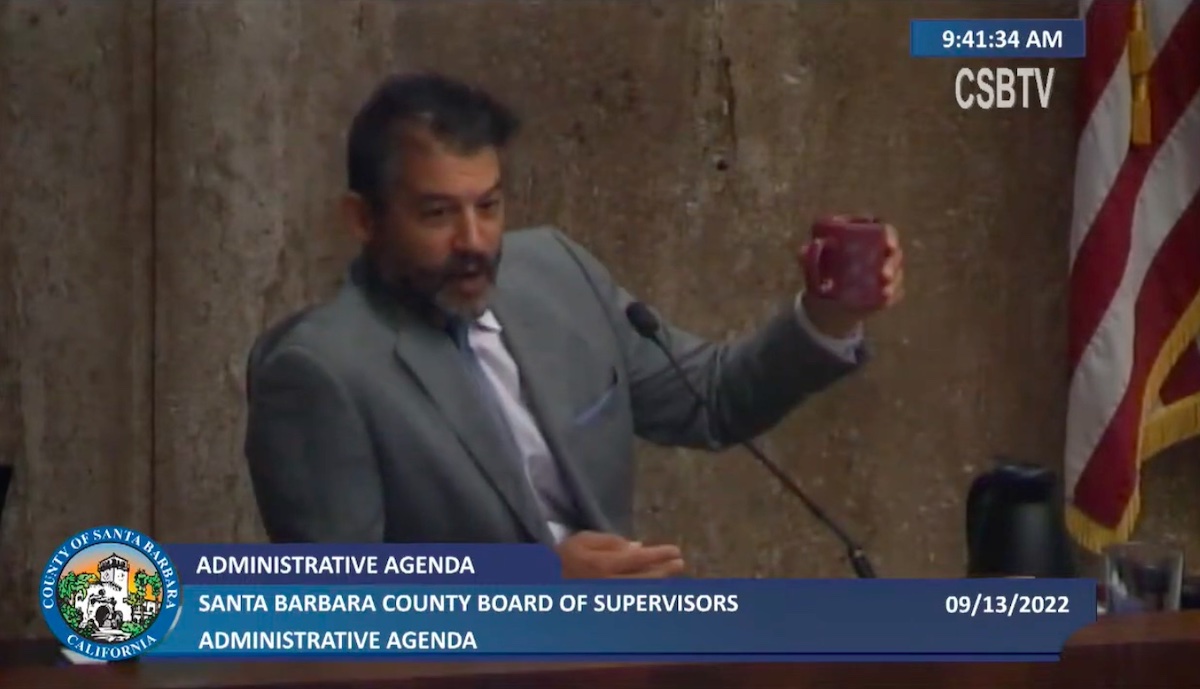
A fascinating if dismal report of the state of Santa Barbara County aquifers went to the Board of Supervisors on Tuesday, prompting an odd “poop-fest” of a discussion of toilet-to-tap options, which are technically called “indirect potable reuse.”
The yearly report showed charts spanning decades of groundwater-level information, with the last nine years of drought taking a serious toll across the county — several aquifers were said to be at historic lows — except in part of Cuyama Valley, and in Santa Barbara and Montecito.

While Supervisor Gregg Hart observed that the desal plant allowed Santa Barbara and Montecito to conserve their groundwater, Supervisor Das Williams said, “It’s easier to clean poop water than to clean salt water,” after pointing to everyone’s water on the dais and saying: “I have news for everybody. That water on that desk over there, that has been poop water, too, at some point in the past million years. It doesn’t matter what it was at one time, it matters what processes were done to make it clean enough for drinking now.” The technology to clean “poop water” took less energy, was a simpler process, and was cheaper, Williams said. It’s just the community “ick” factor that holds it back.
Recycled water took several forms, explained Walter Rubalcava, deputy director of county water resources. Some wastewater was treated and served to water purveyors, or it could be treated and used as irrigation water on landscaping, and the indirect potable reuse method would treat the water, inject it into the subsurface ground, then pull the water back out and send it for distribution to taps. Rubalcava’s agency only controlled the Laguna sanitation district out of the 14 wastewater districts in the county. There, to reach potable water standards, the reverse osmosis procedure could be extended to all of the flow, he described, ozone or advanced oxidation could be added to the disinfection measures, and an additional brine well might be needed.
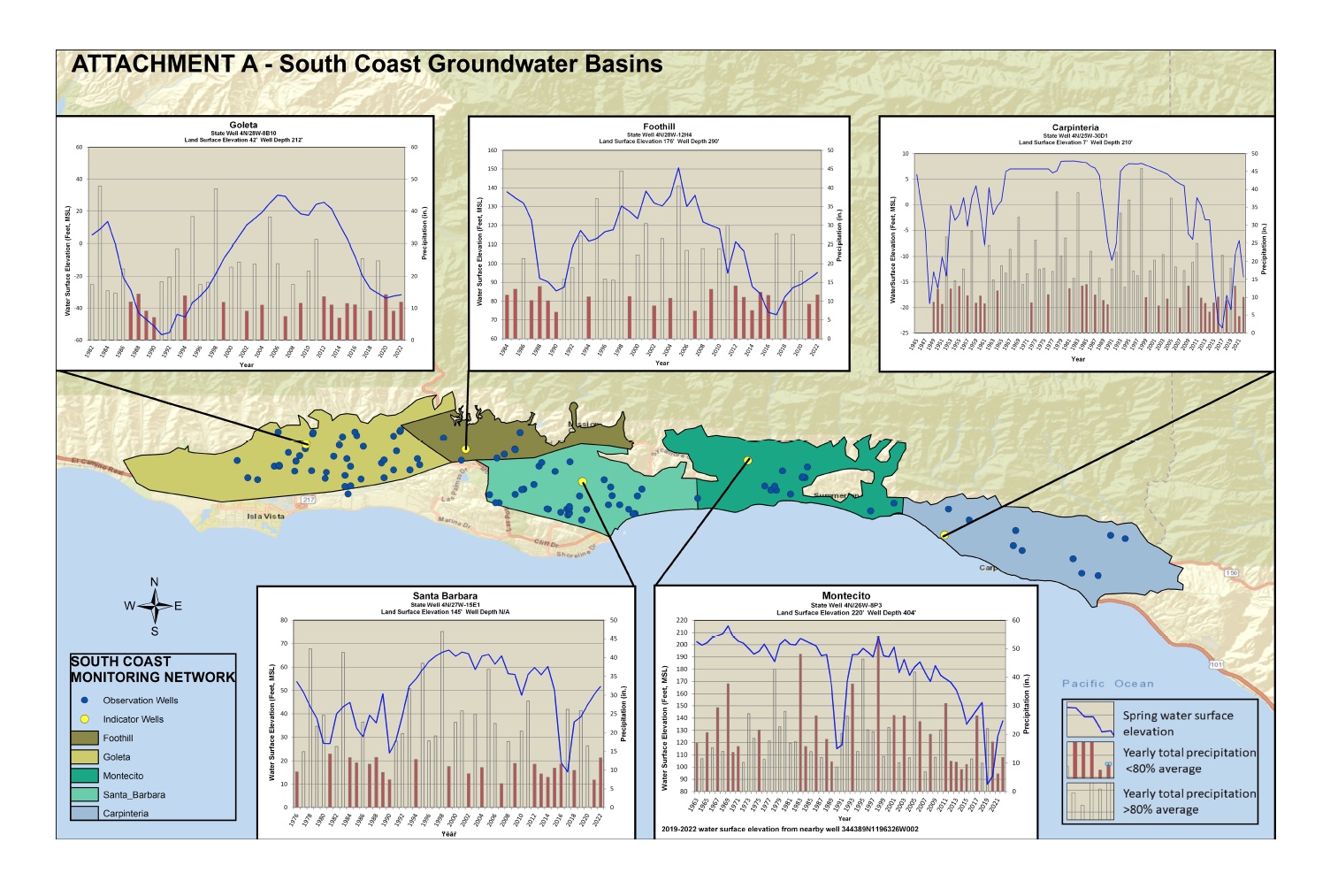
To fully flesh the idea out, Rubalcava added they would want to determine if injection into a shallow well for extraction by a water provider or surface water percolation methods would be most workable. In answer to a request from Supervisor Joan Hartmann, he said an updated report with all this information could come as soon as early next year.
All the supervisors were in favor of hearing more. Supervisor Bob Nelson, who said he believed in the technology, told his colleagues: “The first step: Stop calling it poop water.”
Support the Santa Barbara Independent through a long-term or a single contribution.

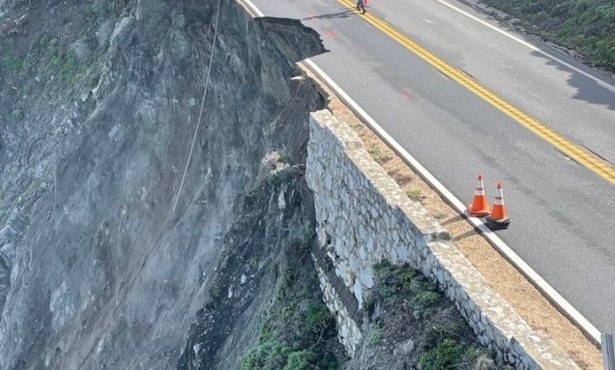
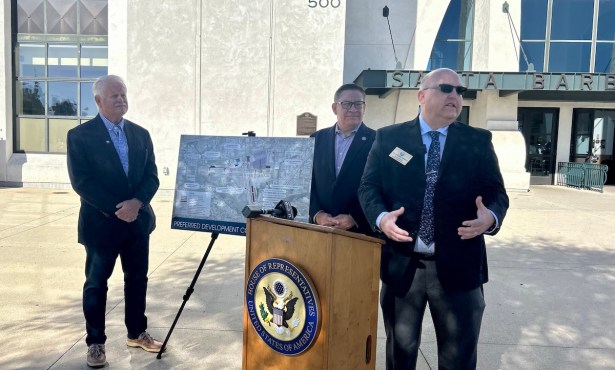
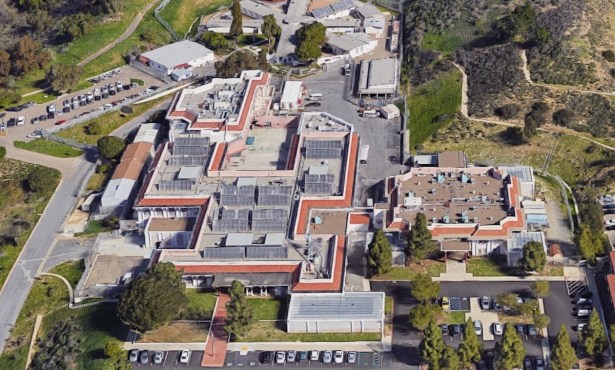
You must be logged in to post a comment.